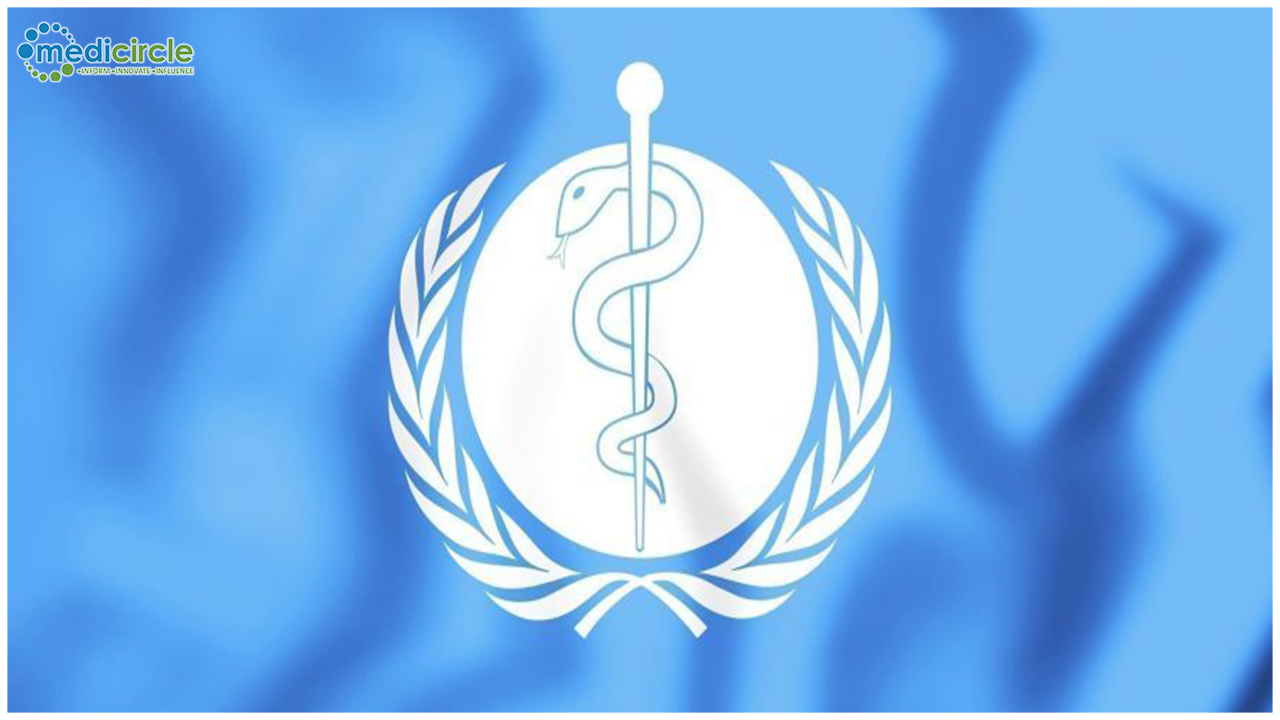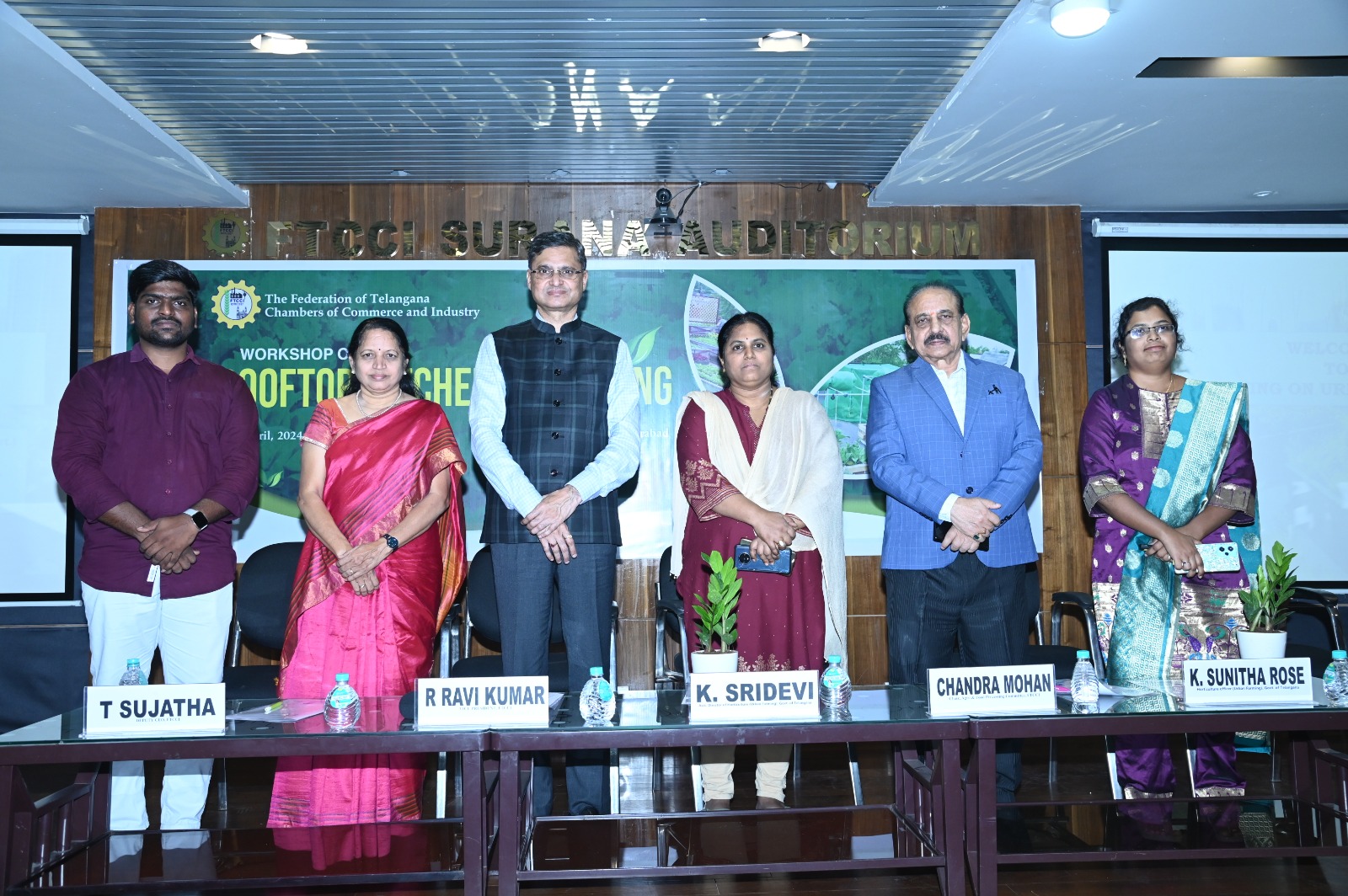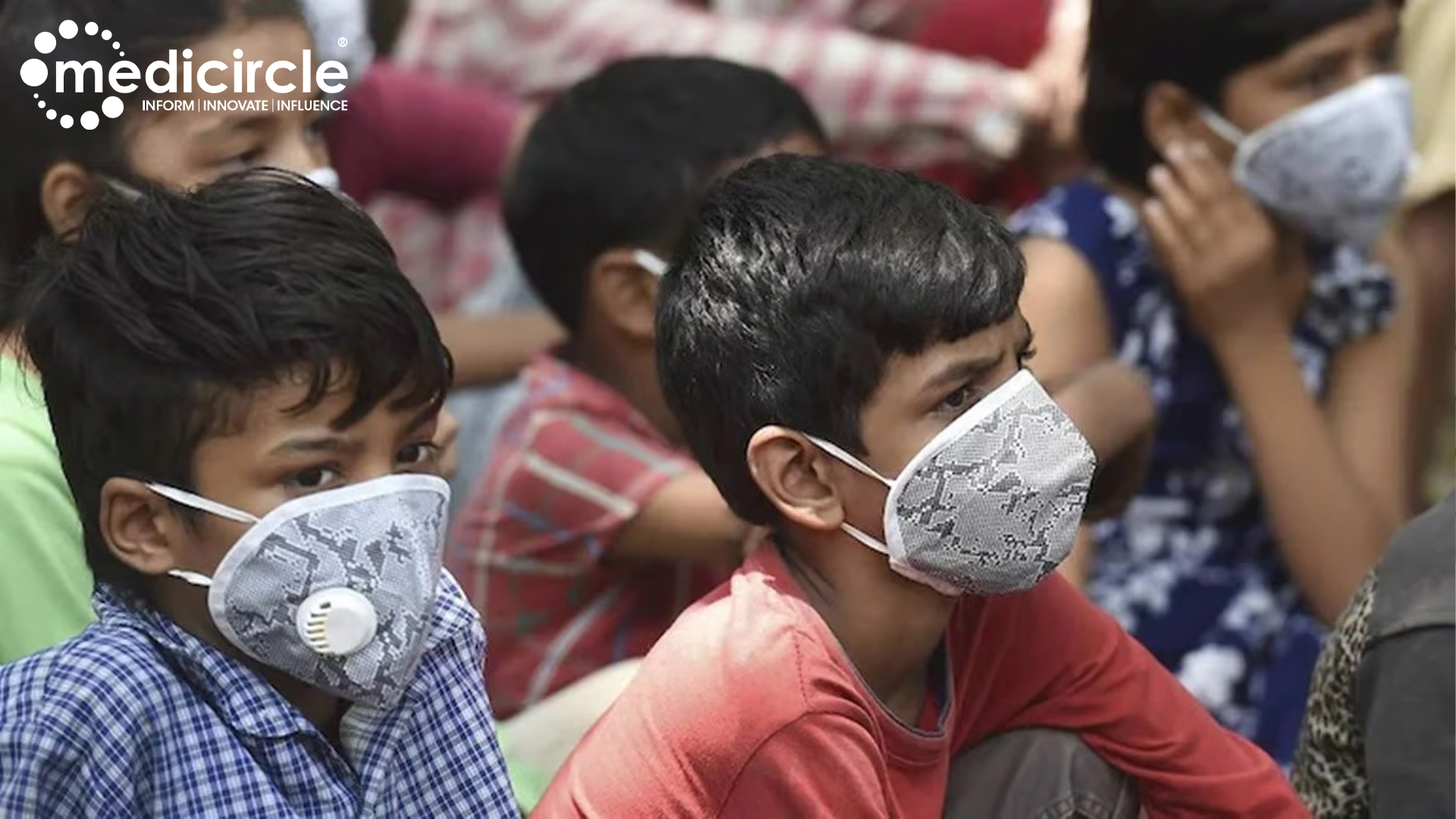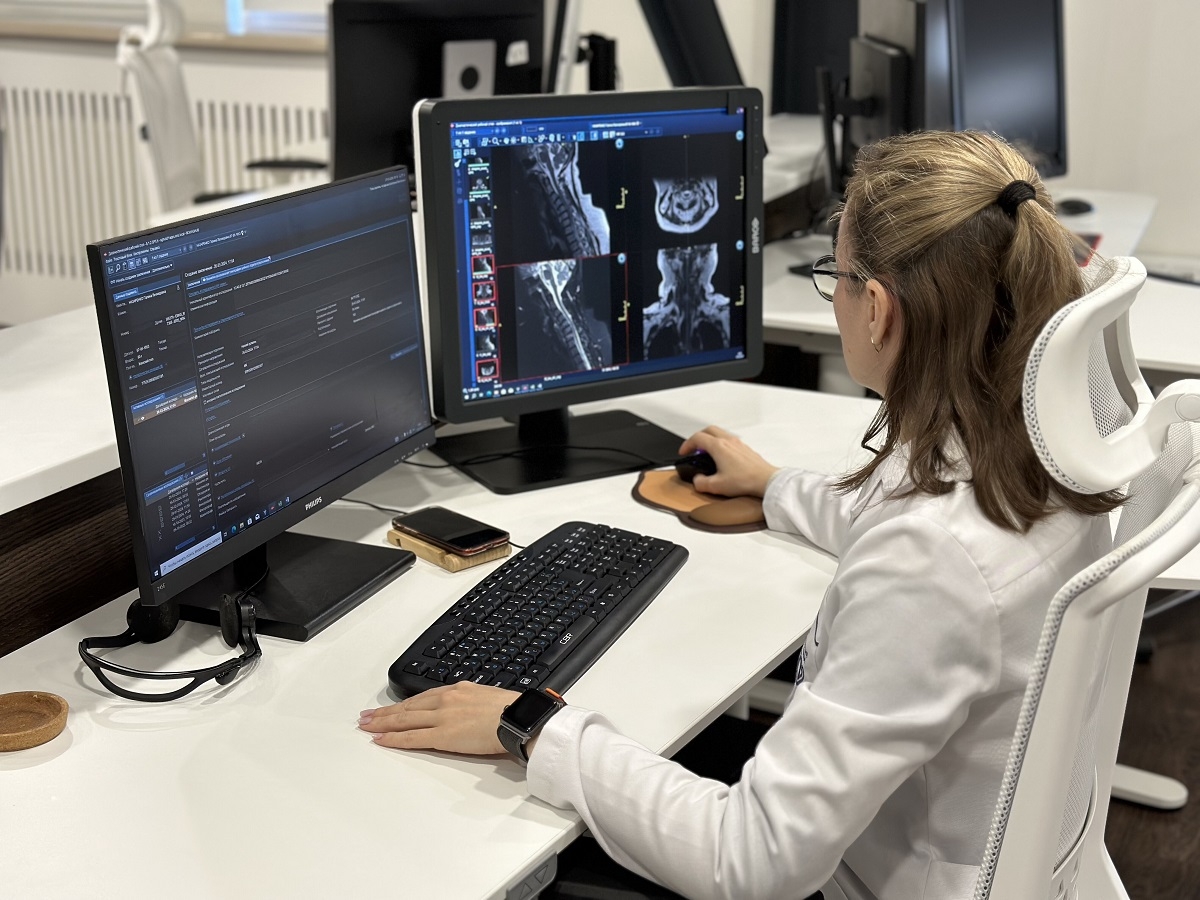Lauding tireless efforts being made by frontline health workers in the ongoing pandemic, the World Health Organization today said countries in South-East Asia Region need to redouble efforts to strengthen and expand their nurses and midwives’ cadre by 1.9 million to achieve health for all by 2030.
“Nurses and midwives are central to quality health services for all, for preventing illness, promoting health throughout the life-course, caring for mothers, newborns and children to giving life-saving immunizations, health advice, and looking after older people. We must redouble our efforts to ensure the nursing and midwifery workforce has the strength, skills and support to meet all people’s health needs,” said Dr Poonam Khetrapal Singh, Regional Director, WHO South-East Asia, on the occasion of the World Health Day.
The theme of the World Health Day, which marks the foundation of World Health Organization, is support and strengthen the nursing and midwifery workforce.
In 2015 WHO South-East Asia embarked on a Decade for Health Workforce Strengthening aimed at overcoming shortages and skill-gaps in the Region’s health workforce. Improving nursing and midwifery education, deployment and rural retention has been a top priority. By 2018 the Region had 3.5 million nurses and midwives – 18 per 10 000 population - up from 2.9 million in 2014, a ratio of 16 per 10 000 population.
“There has been progress, but more needs to be done,” the Regional Director said. The regional average is still far below the global average of 37 nurses per 10 000 population, and the required minimum of 40 nurses by 10 000 population. By 2030 the Region will need as many as 1.9 million more nurses and midwives.
To fill this gap, the first ever State of the World’s Nursing Report, released today, highlights key areas that countries need to focus on. “We need to increase the number of nurses and improve nursing education; we need to improve the number of jobs for nurses, their quality and distribution in rural and marginalized areas; and we need to enhance leadership, management and the assignment of specialized roles for nurses,” Dr Khetrapal Singh said.
Progress on each of these priorities will help countries strengthen services for maternal and child health among other needs, while also positioning them to better respond to non-communicable diseases, to provide adequate intensive care services, and to meet the health needs of older people.
“The global outbreak of COVID-19 emphasizes how crucial nurses are to health security, and WHO takes this opportunity to thank them for their service in these challenging times,” the Regional Director said.
The year 2020 is being celebrated as the International Year of the Nurse and the Midwife, as it marks the 200th birth anniversary of Florence Nightingale.
Calling upon countries to sustain and accelerate progress in this vital area, Dr Khetrapal Singh said, “WHO reiterates its commitment to supporting all countries in the Region to strengthen their nursing and midwifery workforce. Together we can achieve universal health coverage and advance the equity agenda. Health for all at all ages is possible. We must make it happen”.

 The theme of the recent World Health Day, which marks the foundation of World Health Organization, was support and strengthen the nursing and midwifery workforce.
The theme of the recent World Health Day, which marks the foundation of World Health Organization, was support and strengthen the nursing and midwifery workforce.



































